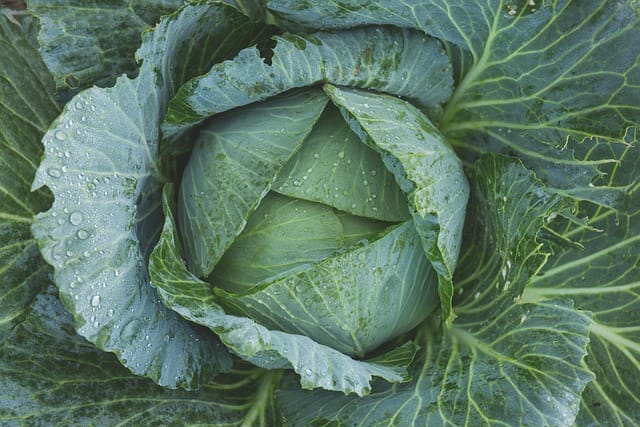How to grow Kales
Before diving into the process of growing kales, it is essential to understand the basics of this nutritious and popular leafy vegetable

In this article:
Introduction
Before diving into the process of growing kales, it is essential to understand the basics of this nutritious and popular leafy vegetable. Kales, also known as borecole, belong to the cabbage family and are packed with vitamins, minerals, and antioxidants. They are relatively easy to grow and can be a valuable addition to any home garden or vegetable patch.
Choosing the right variety of Kale
There are several varieties of kales available, each with its unique characteristics. It is important to consider factors such as taste preference, climate suitability, and disease resistance when selecting a variety for your garden. Some popular kale varieties include curly kale, dinosaur (Lacinato) kale, and Red Russian kale.
Soil preparation
Good soil preparation is crucial for the successful growth of kales. Kales prefer well-draining soil rich in organic matter. Start by clearing the planting area of any weeds or debris. Break up the soil and incorporate organic compost to improve its fertility and structure.
Planting and spacing
Once the soil is prepared, it is time to plant the kale seeds or seedlings. Sow the seeds approximately half an inch deep and cover them lightly with soil. If using seedlings, dig holes according to the recommended spacing, which is usually around 18-24 inches apart. Proper spacing ensures adequate airflow and prevents crowding.
Watering and irrigation
Kales require consistent moisture to thrive but avoid over-watering, as it can lead to root rot. Water the plants regularly, keeping the soil moist but not soggy. Mulching helps retain soil moisture and reduces the frequency of watering.
Fertilization
Applying organic fertilizers or compost during the planting phase provides kales with essential nutrients. Additionally, you can apply a balanced fertilizer every four to six weeks throughout the growing season to promote healthy growth and abundant yields.
Mulching
Applying a layer of organic mulch around the kales helps control weeds, conserve soil moisture, and regulate soil temperature. Use materials like straw, shredded leaves, or grass clippings to create a protective barrier around the plants.
Pest control
Kales are generally resilient against pests, but some insects, such as aphids, cabbage worms, and flea beetles, may still pose a threat. Regularly inspect the plants for any signs of infestation and take appropriate action, such as applying organic insecticides or introducing beneficial insects like ladybugs to control pest populations.
Disease prevention
Proper hygiene, regular inspection, and maintaining healthy growing conditions are essential for preventing diseases in kales. Common diseases affecting kales include powdery mildew, downy mildew, and clubroot. Avoid overwatering, provide adequate spacing for airflow, and promptly remove any infected plants to prevent the spread of diseases.
Harvesting techniques
Kales can be harvested once they have reached a suitable size. Start by harvesting the outer leaves, leaving the central bud intact to allow continuous growth. Alternatively, you can cut the entire plant at the base once it has matured. Harvesting in the morning when the leaves are crisp and full of moisture is ideal.
Storing and preserving Kale
Kales can be stored in the refrigerator for up to a week. To keep them fresh, remove any damaged leaves, wash them thoroughly, and pat them dry before storing in a plastic bag with a damp paper towel. Alternatively, kales can be blanched and frozen for longer-term storage.
Common mistakes to avoid
Some common mistakes to avoid when growing kales include neglecting pest control, inadequate watering, overcrowding plants, and skipping soil preparation. Additionally, failing to rotate crops and using chemical-based pesticides can harm the plants and the environment.
Frequently asked questions
Q: How long does it take for kales to mature?
Q: Can kales tolerate frost?
Q: How often should I fertilize kales?
Q: Can kales be grown in containers?
Conclusion
Growing kales can be a rewarding experience, providing you with a fresh, healthy, and versatile vegetable throughout the year. By following the proper techniques for variety selection, soil preparation, planting, and maintenance, you can ensure a successful kale harvest. Remember to pay attention to watering, fertilizing, pest control, and disease prevention to maximize your yields and enjoy the benefits of homegrown kales.
